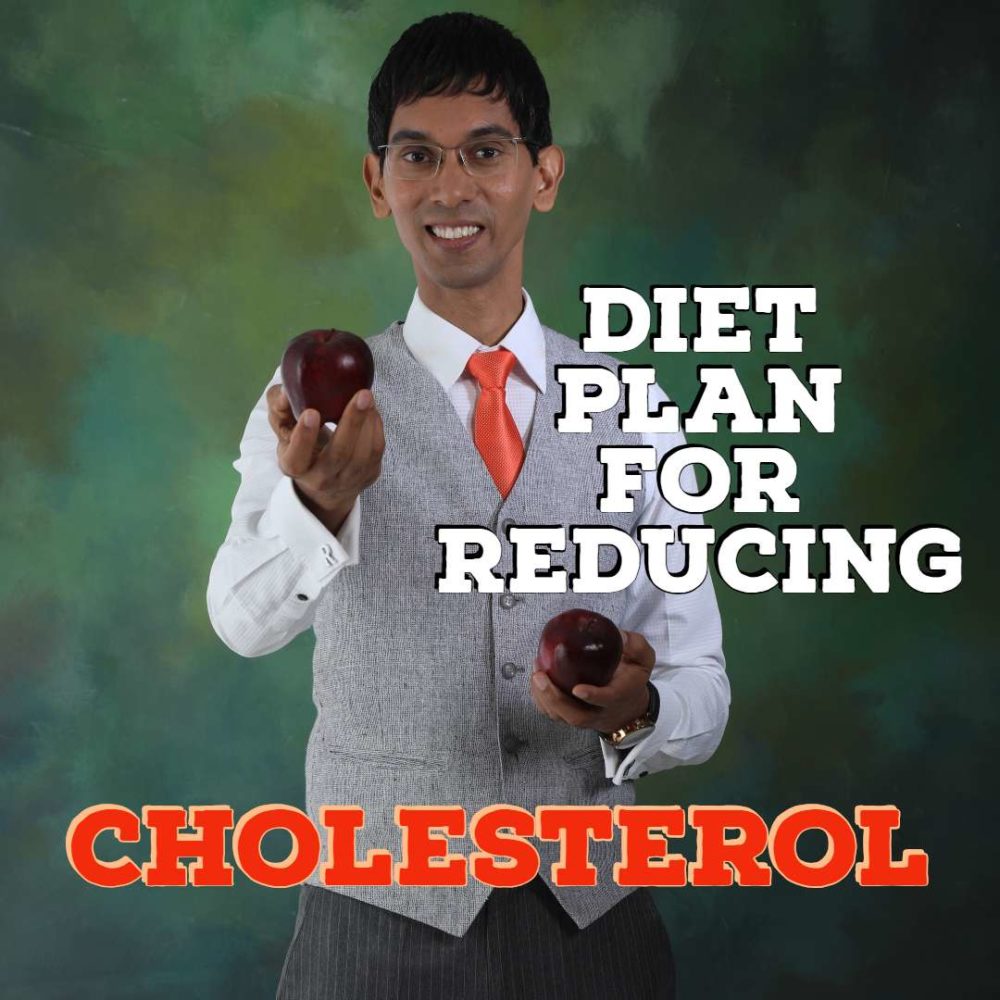The Nutrition Food Label: Low Fat/ Fat Free Foods- What to Look for and How to Use It

2024-02-26 08:24:34
The Nutrition Food Label: Low Fat/ Fat Free Foods- What to Look for and How to Use It
To get our attention, health claims on food products are frequently getting featured these days. Even the most health-conscious individuals might be misled into buying the incorrect items thanks to deceptive marketing tactics.
This is evident in products branded “low-fats,” “fat-free,” and similar terms.
Anyone walking down a supermarket lane would believe that the healthiest goods are those that are low in fats or fat-free. But consider this: if we’re eating all this low-fat cuisine, how come obesity is still on the rise?
For starters, if something is low in fat, it is almost certainly rich in sugar.
When fat is removed from food, it must be replaced with water, resulting in a watery consistency. To compensate for the thickness, a ‘stabilizer’ (such as gelatin) is added, although this may detract from the flavor.
As a result, the sugar content of these goods has been raised so that we may continue to enjoy them.
Then there’s the plain truth: fats aren’t anything to be afraid of!
# Fats are also part of healthy diet
Fats are an essential component of our diet and nutrition. Also, consuming fat does not inevitably result in weight gain; it is the calorie amount that matters. Aside from the quantity, you must also examine the kind of fat. There are three sorts in general:
– Trans-fats: It should be avoided at all costs.
-Butter and other saturated fats: In little doses, it’s good for you.
– Unsaturated fats, such as Omega-6 and Omega-3 fatty acids, are “good” fats; nevertheless, dietary products claiming to be high in Omega-6 should be taken only in consultation with your nutritionist.
# Products mentioning Low-fat

“Low fat” refers to a product that has less than 3 gm of fat per 100 gm of food or less than 1.5 gm of fat per 100 ml of liquid (for drinks).
By way of adding sugar, a product that is low in fat might simultaneously be high in calories. High fructose corn syrup, which is less satiating than glucose, is commonly used.
As a result, you may find yourself overeating without even realizing it. Fats, on the other hand, are filling and can aid in weight loss.
#Products mentioning fat free

Per 100g serving, these items have less than 0.5g fat. Why would this be desirable since healthy fats are required in a balanced diet? These items, in addition to having additional sugars, may cause you to overeat by lowering your “consumption guilt.”
# Products mentioning rich in omega 6

Despite the fact that Omega-6 fatty acids perform a variety of functions in our bodies, they must be consumed in moderation because the modern diet is already high in Omega-6.
Excess Omega-6 causes our immune system to flare up unnecessarily since our Omega-6 to Omega-3 ratio helps maintain it balanced.
# Products mentioning Light/Lite

This claim can be placed on a food item if it includes 30% less fats or calories than the normal version. This does not imply that the product is healthful or low-fat. There’s a good probability that sugars will be added to it once again.
# How sugar impacts our body
Sugar, which is produced when carbs are broken down, is necessary to fuel all of our body’s cells. The contemporary diet, on the other hand, includes considerably more sugar than the body requires.
Excess sugar damages metabolism by causing:
– Cellular resistance to the hormone, insulin
– An increase in “bad” cholesterol in the blood
– Immune system overactivity, resulting in problems such as stiff joints, allergies, and so on.
Sugar is one of the major causes of “lifestyle” diseases such as liver disease, cancer, heart disease, obesity, metabolic syndrome, and, in particular, type II diabetes as a result of this.
If you still aren’t convinced, consider this: Sugar is far more addicting than cocaine. Sugar releases a hormone called dopamine, which influences the brain’s pleasure and reward regions (sugar has a more “rewarding” effect than cocaine).
The body develops tolerance to it, just as it does to narcotics and alcohol, and we begin to require more for the same results.
Bottom line: Don’t trust the box to tell you whether or not anything is beneficial, especially if it claims to be low in fat! Simply assess the nutritional content of foods from their labels and make your own decision.
It is essential to understand and read food labels while buying any product. Read here what to look for in nutrition labels while grocery shopping.
Clients might benefit from the assistance of a nutritionist who is familiar with the requirements towards healthy eating choices.
To speak to an expert nutritionist reach out to us at +91-9743430000 or write to us at www.quanutrition.com.
Ryan Fernando is an Award-winning celebrity Sports Nutritionist with 2GUINNESS world record and 2 Olympic medals under his belt. His client list include Olympic wrestler Sushil Kumar, cricketer Shikhar Dhawan & bollywood superstars Aamir Khan & Abhishek Bachchan. He is Chief Nutritionist at QUA Nutrition Signature Clinics.




